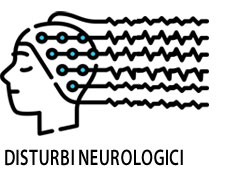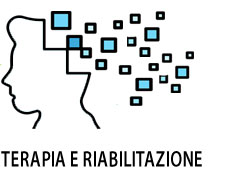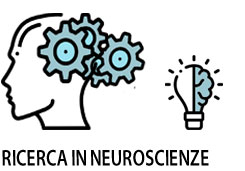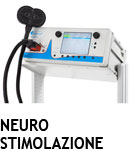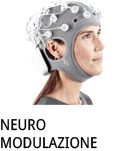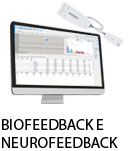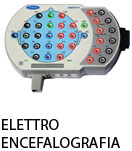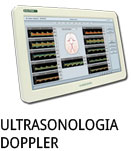- +39 011 5821948
- info@geasoluzioni.it
- Lun - Ven 8:00 - 17:00
Increased interhemispheric synchrony underlying the improved athletic performance of rowing athletes by transcranial direct current stimulation.
- Abstract:
- To explore the mechanism of transcranial direct current stimulation (tDCS) on the improved performance of professional rowing athletes. Twelve male professional rowing athletes were randomly divided into two groups (low-stimulation group, 1 mA, n = 6; high-stimulation group, 2 mA, n = 6), and they accepted tDCS for two consecutive weeks while undergoing regular training (20 min each time, five times a week, totally ten times). The assessments of depression, anxiety, executive function, fatigue perception, lactate threshold power (LTP) and isokinetic muscle strength as well as the collection of functional magnetic resonance imaging (fMRI) data were performed at baseline and at follow-up (the end of the fourth week). The voxel-mirrored homotopic connectivity (VMHC) value was calculated in the whole brain. After stimulation, there were significant increases in executive function and athletic performance. Analysis of variance (ANOVA) analysis indicated time factor, stimulation intensity factor had a main effect on LTP and 60RK, respectively. There was no significant difference of VMHC value between the high- and low-stimulation groups at baseline. Comparing with low-stimulation group, significant increased VMHC values of the bilateral middle temporal gyrus (MTG), precentral gyrus and superior frontal gyrus (SFG) were found in high-stimulation group at follow-up. Correlation analyses showed that in high-stimulation group, the VMHC values of bilateral MTG and SFG were both positively correlated with the measures of athletic performance. tDCS may contribute to the improvement of athletic performance in professional rowing athletes, and the increased interhemispheric coordination may be involved in the mechanism of the improved athletic performance.
- Patologie/Applicazioni:
- Anno:
- 2018
- Tipo di pubblicazione:
- Articolo
- Parola chiave:
- stimolazione elettrica transcranica; Sport; Atleti di canottaggio
- Testata scientifica:
- Brain Imaging and Behavior
- Nota:
- Dodici atleti professionisti di canottaggio sono stati divisi casualmente in due gruppi (gruppo a bassa stimolazione, 1 mA, n = 6, gruppo ad alta stimolazione, 2 mA, n = 6) e hanno accettato un trattamento di TDC per due settimane consecutive durante un regolare allenamento (20 minuti ogni volta, cinque volte a settimana, in totale dieci volte). Dopo la stimolazione, ci sono stati aumenti significativi nella funzione esecutiva e nelle prestazioni atletiche.
- DOI:
- 10.1007/s11682-018-9948-3
Hits: 2279
La nostra storia
GEA soluzioni si affaccia nel 2013 al mercato della strumentazione medicale di alto livello tecnologico ma la sua storia parte da più lontano, clicca qui per approfondire.
GEA SOLUZIONI SRL
via Spalato 72/A, Torino
Tel.: 011 5821948 / 011 4463853
Fax: 011 0433281
Email: info @ geasoluzioni.it
P. IVA IT11696920013
REA TO1233648

